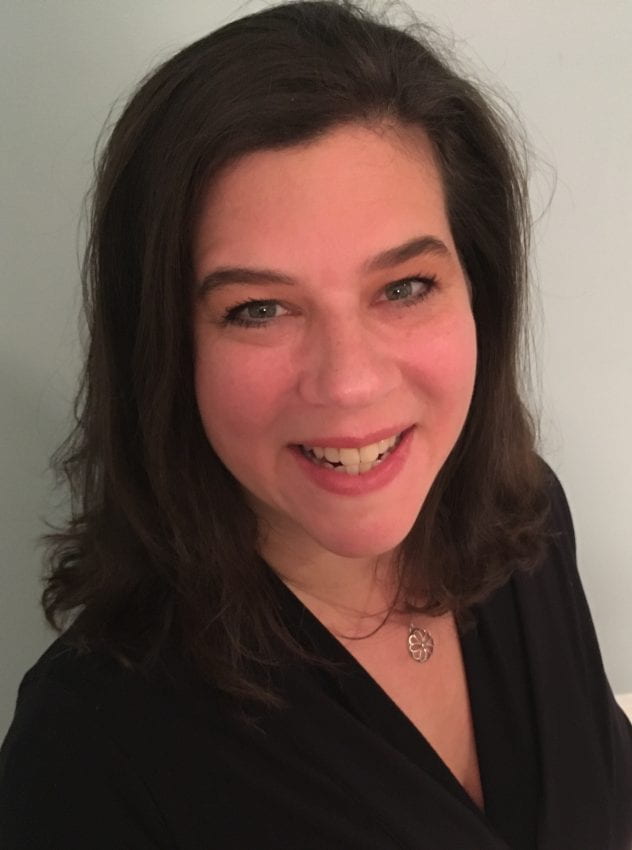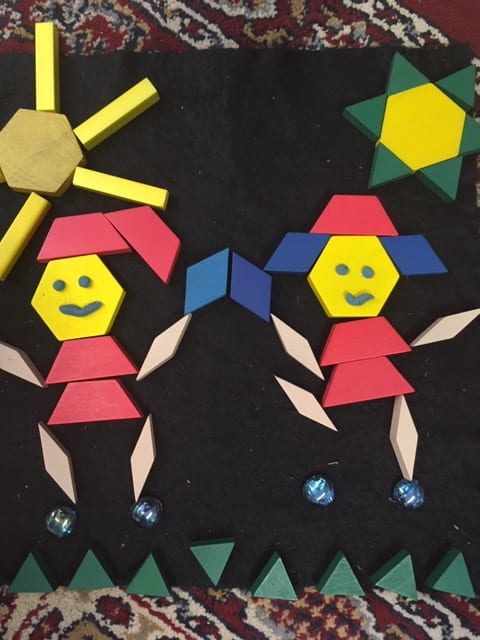By Amanda Van Garderen (Primary teacher, MED in IE, IE Mentor)
 This year I stepped out of my position as an early primary classroom teacher and leaped into the role of Inner City Early Learning Teacher. I have the privilege of working collaboratively with inner-city Kindergarten and Grade One teachers and students; in doing so I have been gifted the opportunity to work collaboratively with Imaginative Educator Gillian Bateman. This collaborative relationship has allowed me to reinvigorate and deepen my understanding of, and relationship to, Imaginative Education (IE).
This year I stepped out of my position as an early primary classroom teacher and leaped into the role of Inner City Early Learning Teacher. I have the privilege of working collaboratively with inner-city Kindergarten and Grade One teachers and students; in doing so I have been gifted the opportunity to work collaboratively with Imaginative Educator Gillian Bateman. This collaborative relationship has allowed me to reinvigorate and deepen my understanding of, and relationship to, Imaginative Education (IE).
During my twenty years of teaching I’ve been keenly aware that the culture of schools has had a closed door policy and a palpable fear of vulnerability. There is an unspoken rule that we only share our success in the classroom; there is a marked sense of fear in openly sharing our failures. As teachers we don’t often permit ourselves the gift of inviting other teachers into our practice. What are we afraid of? We can only grow when we share and reflect together. I am thrilled that I have found a space that invites me in and engages me emotionally to the process. By working so intimately in a collaborative manner, it is necessary for the two of us to reflect and reassess our practices on a regular basis. This has had a profound effect on how I see myself as an Imaginative Educator and has given me greater perspective on how I can engage the cognitive tools in a deeper and more profound way.
Being presented with the serendipitous opportunity to work at a school with two experienced IE teachers, I am doubly fortunate to team-teach with one of them. It has been my honour to work in concert with Gillian three times per week in her K/1 combined classroom. Each day is a joy. Why? Because we have the gift of time and connection. This allows us to support and expand our development of our IE practice. Mercer (1995) coined the term “interthinking” that I feel describes our collaborative planning and reflecting so well. During our conversations together we reshape and reimagine the possibilities for our lessons. We have the time to untangle our thoughts, smooth out our understandings, and to co-construct our pedagogies through conversation. When the two of us are able to connect and take time to discuss and dissect our thoughts together, that is when we get the most creative, innovative, and engaged.
Working collaboratively has nourished my pedagogical growth. I am stretched and challenged, but also supported. It is not always easy to collaborate and team-teach effectively; it takes a great deal of effort and willingness to be vulnerable when working so intimately. Within this particular collaborative relationship I find myself reinvigorated; I notice a spring in my step as I walk towards the classroom door. There is ease in this collaborative relationship. Why? What do I love about working so closely with Gillian? Perhaps it’s her sense of humour. Or is it that she’s humble and allows me to be vulnerable alongside her? It could be that we both speak the Imaginative Education language. Whatever it is, I always enter this particular room knowing that, not only will our students feel a sense of engagement, but so will I.
I’m noticing myself becoming more keenly aware of my intentions; I’m better able to articulate what I want to do. Through our collaborative reflections I feel a deeper understanding of my relationship with Imaginative Education. I also feel that I hold myself to higher expectations while working in a collaborative context. I am no longer accountable only to myself. I must hold myself accountable to our shared goals. Through our collaborative planning we have to co-create and define a shared vision. We are more accountable to one another in reflecting upon what has gone well, what will need to shift to be successful, how to reshape a lesson, and where we wish to take our narrative. Learning is a social process, and for so long our profession has not supported teachers in developing structures to engage in reflective collaboration.
Having this opportunity to work closely with another IE educator in a collaborative and supportive environment has allowed me to continue to refine my belief systems around my teaching pedagogy. It’s true that meaningful and lasting change requires shared vision building, support for inquiry, and collaborative work structures (Gordon & Patterson, 2008; Fullan, 2001; Teague & Anfara, 2012); as I continue to work with Gillian in such a manner I find my teaching more intentional and with greater personal engagement. I know for myself that attempting to implement personal change in isolation will not result in long term and meaningful change in my practice. The planning and implementation of a different way of thinking and approaching teaching requires collaboration and commitment from more than just myself. To be successful in shifting my pedagogy I need to maintain a network of colleagues who are working and living IE.
As Coburn (2001) concludes, teachers need connections to others on their work site in order to support and expand their development.
I have been lucky enough to find that connection.
References
Coburn, C.E. (2001). Collective sense-making about reading: How teachers mediate reading policy in their professional communities.Educational Evaluatoin and Policy Analysis, 23 (2), 145-170
Fullan, M. (2001). The new meaning of educational change. New York: Teacher’s College Press. (3rdEd.)
Gordon, J. & Patterson, J. (2008). “It’s what we’ve always been doing.” Exploring tensions between school culture and change. Journal of Educational Change, 9, 17-35. (Published online 18 April, 2007)
Mercer N. (1995). The guided construction of knowledge: Talk amongst teachers and learners. Multilingual Matters Ltd, Clevedon, UK
Teague, G. & Anfara, V. (2012) What Research Says: Professional learning communities create sustainable change through collaboration. Middle School Journal, Vol. 44, No. 2, pp 58-64





